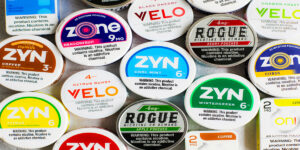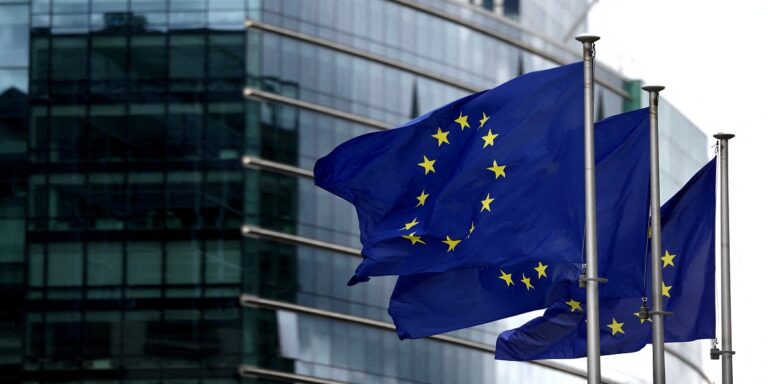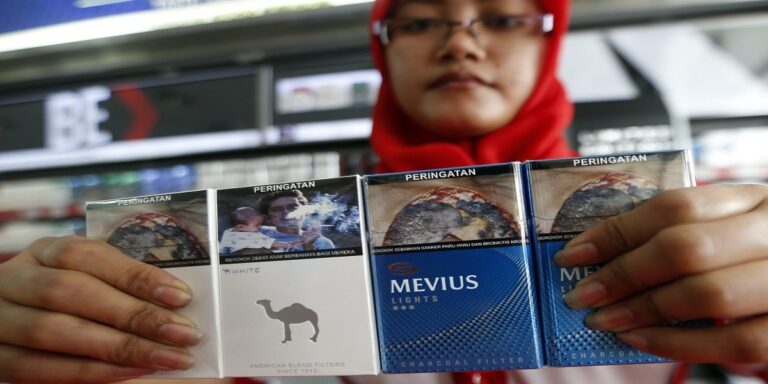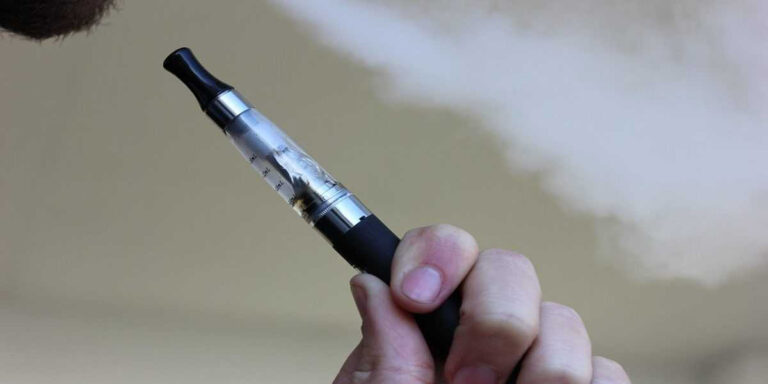On August 10, The Dutch Times reported a major shift in the tobacco retail landscape in the Netherlands following the nationwide ban on the sale of cigarettes and other tobacco products in supermarkets, effective from July 1, 2023. This ban has not only altered where consumers purchase tobacco but has also sparked a notable increase in revenue for tobacco shops and gas stations.
Impact of the Tobacco Ban
Surge in Tobacco Shop Revenue
The ban on tobacco sales in supermarkets has led to a substantial boost in revenue for tobacco shops across the Netherlands. According to data from NSO Retail, the association representing Dutch tobacco shop entrepreneurs, sales in its member shops have surged by over 40% since the ban was implemented. This surge highlights how the ban has redirected consumer traffic from supermarkets to specialized tobacco retailers.
Pre-Ban Cessation by Major Supermarkets
An NSO Retail spokesperson noted that this revenue increase cannot be solely attributed to the supermarket tobacco ban. Major supermarket chains like AH and Lidl had already stopped selling tobacco products before the official ban took effect, contributing to the gradual shift in consumer purchasing behavior.
Growth in New Tobacco Shops
Rise in Tobacco Shop Openings
Research by TabakNee, a website run by the Youth Smoking Prevention Foundation, found that over 100 new tobacco shops have opened in the Netherlands this year, surpassing the total number of new shops for the entire year of 2023. Since the supermarket tobacco ban was announced in late 2020, 230 new tobacco shops have opened nationwide, with many strategically located near supermarkets to capitalize on the ban.
NSO Retail’s Perspective
Despite these findings, NSO Retail disputed the extent of the increase, stating that the net number of new tobacco shops has only risen by a few dozen this year. This figure is relatively small compared to the over 6,000 supermarkets that have stopped selling tobacco products. The organization suggests that while there has been growth, it is not as extensive as some reports may indicate.
Gas Stations See Sales Boost
The tobacco ban has also positively impacted gas stations, particularly those located in city centers. According to industry organization Drive, sales at the 1,300 affiliated gas stations nationwide have risen between 10% and 40% since the ban took effect. This increase reflects a shift in consumer purchasing habits, with more people turning to gas stations for their tobacco needs now that supermarkets no longer offer these products.
Implications for the Tobacco Retail Landscape
Redistribution of Tobacco Sales Channels
The implementation of the supermarket tobacco ban has significantly impacted the distribution of tobacco sales across the Netherlands. While the ban was intended to reduce the visibility and accessibility of tobacco products, it has also led to a redistribution of sales channels, benefiting specialized tobacco shops and gas stations.
Potential Public Health Considerations
The surge in new tobacco shops and increased sales at gas stations may raise concerns about the overall effectiveness of the supermarket ban in reducing tobacco consumption. While the ban has made tobacco less accessible in supermarkets, the growth of alternative sales channels could offset some of the intended public health benefits.
The Netherlands’ decision to ban tobacco sales in supermarkets has led to a significant increase in revenue for tobacco shops and gas stations. While the ban has reshaped the retail landscape for tobacco products, it has also prompted the growth of new sales channels that may complicate efforts to reduce tobacco consumption. As the effects of the ban continue to unfold, it will be crucial to monitor how these changes impact public health and consumer behavior in the long term.
FAQs
What was the impact of the supermarket tobacco ban in the Netherlands?
The ban led to a significant increase in revenue for tobacco shops and gas stations as consumers shifted their purchasing habits away from supermarkets.
How much have tobacco shop sales increased since the ban?
Sales in member tobacco shops of NSO Retail have surged by over 40% since the ban was implemented.
Did major supermarkets stop selling tobacco before the ban?
Yes, major supermarkets like AH and Lidl had already ceased tobacco sales before the official ban took effect.
How has the number of tobacco shops in the Netherlands changed since the ban?
Over 100 new tobacco shops have opened this year, surpassing the total number of new shops for all of 2023, although NSO Retail notes that the net increase is only a few dozen.
What has been the impact on gas station tobacco sales?
Tobacco sales at gas stations have increased between 10% and 40%, with the most significant gains seen at stations in city centers.
What are the potential public health implications of the ban?
While the ban aims to reduce tobacco visibility and accessibility, the growth of alternative sales channels like tobacco shops and gas stations could counteract some of the intended public health benefits.


















